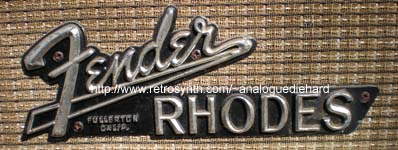
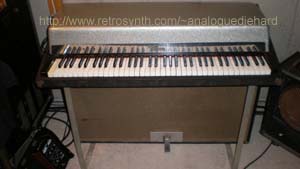
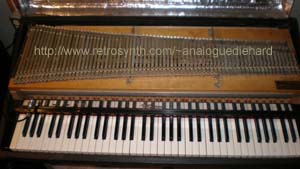
| 1960s
badge |
Before
Restoration |
Harp
assembly |
 |
 |
 |
| After
Restoration |
In
action! |
|||
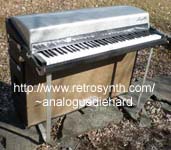 |
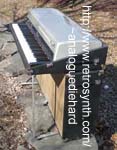 |
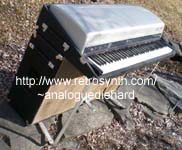 |
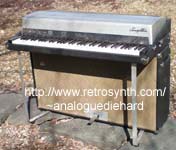 |
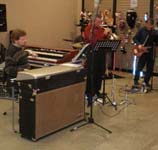 |
| Personal
Experiences |
Sparkletop
Foibles |
Key
feature of a good piano |
The fabled
"Model E" |
Restoration |
Safe
Buying Tips |
What amp? |
